Dreaming of a thriving lemongrass harvest amidst a stunning garden display? Look no further than Lemongrass Companion Plants ! This strategic practice pairs lemongrass with beneficial plant partners, creating a win-win situation for both growth and aesthetics. More than just a delicious herb, lemongrass thrives when surrounded by the right companions. These carefully chosen plants offer a multitude of benefits:
- Enhanced growth:Companion plants can improve soil health, providing essential nutrients and attracting beneficial pollinators that contribute to a bountiful lemongrass harvest.
- Natural pest control:Certain companions act as deterrents to pesky insects, keeping your lemongrass free from harm and maximizing its potential.
- Aesthetics that bloom:Companion flowers add vibrant pops of color and visual interest, transforming your garden into a harmonious haven.
Lemongrass Companion Plants
Lemongrass thrives with the right companions! Here are some superstars that will share your garden and enhance your harvest. We’ve categorized them to help you choose the perfect partners for your lemongrass patch:
- Herb Buddies :
- Veggie Neighbors:
- Companion Flowers :
Lemongrass Companion Plants Herbs
Here are some recommendations for herbs that complement lemongrass well.
1- Lemongrass and Cilantro:
Cilantro isn’t just a delightful addition to your lemongrass dishes; it’s also a fantastic companion plant! This versatile herb attracts helpful pollinators and pest-munching predators, creating a natural defense system for your lemongrass. Its airy foliage provides a stunning contrast to lemongrass’ tall stalks, adding visual interest . But the benefits go beyond aesthetics. Cilantro’s shallow roots help prevent erosion and retain moisture, especially beneficial for lemongrass during dry periods. Additionally, cilantro releases compounds that improve overall soil health, giving your lemongrass a nourishing environment to thrive in. So, for a flavorful harvest and a visually stunning garden, consider planting cilantro alongside your lemongrass!
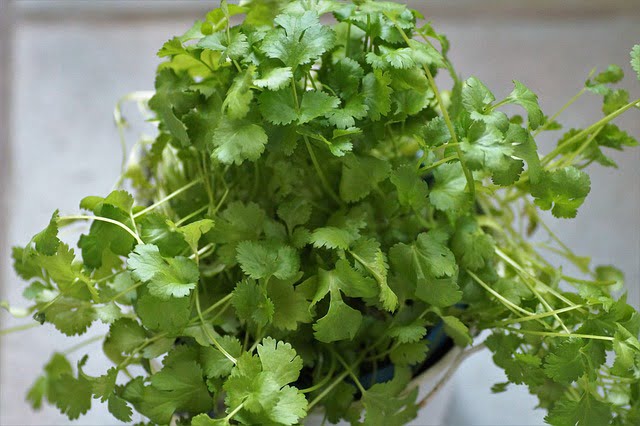
2- Lemongrass and Basil
Basil isn’t just a fragrant addition to your pesto; it’s a superstar companion for lemongrass! This culinary workhorse deters pesky insects, like mosquitoes and aphids, with its powerful aroma, keeping your lemongrass healthy. But the benefits extend underground too. Basil’s shallow roots help improve soil structure and nutrient availability, creating a thriving environment for lemongrass growth . Plus, with similar sun and water needs, these plants are perfectly in sync for easy garden care. Don’t forget the aesthetics! Basil’s lush green leaves and vibrant colors add a delightful contrast to lemongrass’ tall stalks, creating a visually stunning and dynamic garden display . So, plant basil alongside your lemongrass and enjoy a pest-protected harvest amidst a beautiful landscape!
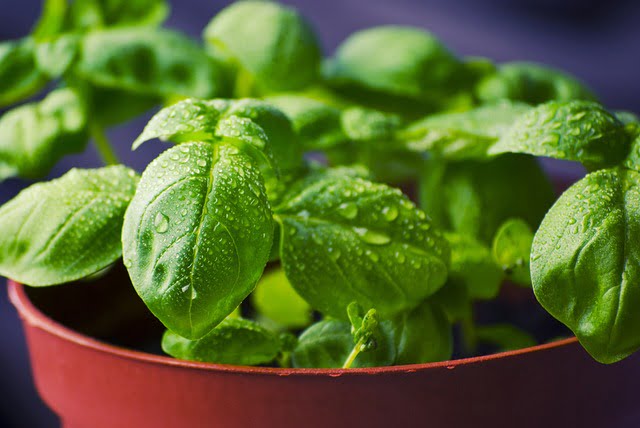
3- Lemongrass and Thyme:
Thyme isn’t just a fragrant herb for your next roast chicken; it’s a mighty companion for lemongrass! This little powerhouse acts as a living mulch around lemongrass, suppressing weeds. while attracting helpful pollinators like bees and butterflies. Thyme’s creeping habit helps retain moisture and regulate soil temperature around lemongrass roots, creating a cozy and optimal growing environment. Even better, its shallow roots won’t compete with lemongrass for nutrients, allowing both plants to flourish. And the beauty? Thyme’s tiny green leaves and delicate flowers add a charming, colorful carpet to the base of lemongrass, creating a visually stunning and functional garden display. So, for a thriving lemongrass patch and a delightful garden aesthetic, consider planting thyme alongside your fragrant friend!
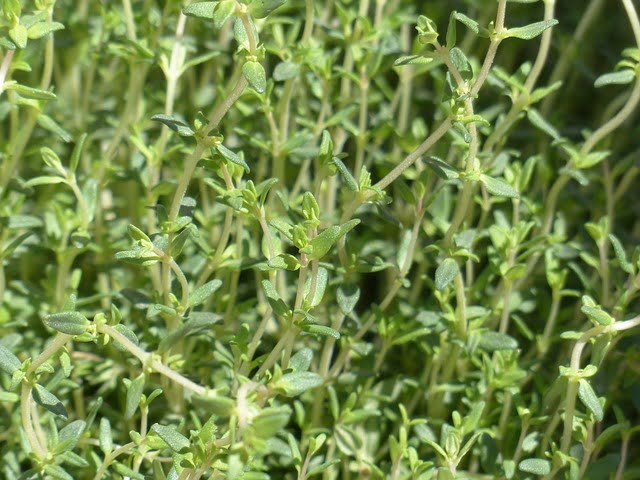
4- Lemongrass and Mint (Keep in containers)
Mint is a fragrant and versatile herb, but as a lemongrass companion, it requires a bit of caution. While its strong aroma can deter pests like aphids and whiteflies (it’s a vigorous spreader. To avoid mint taking over your garden, consider planting it in containers near your lemongrass.
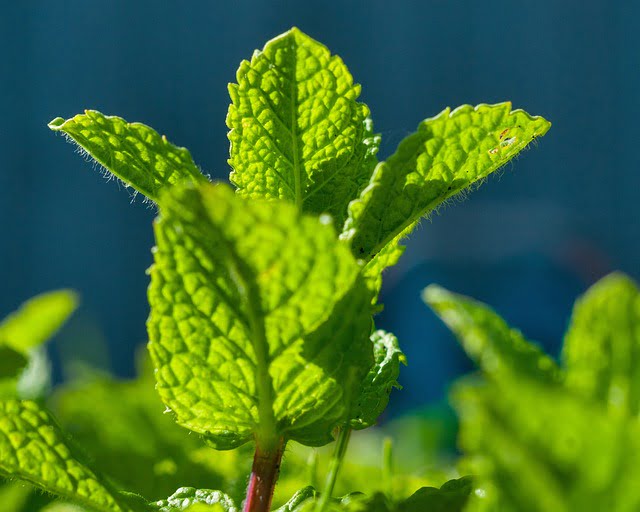
5- Lemongrass and Lemon Verbena:
Lemon verbena isn’t just a citrusy twin for your lemongrass tea; it’s a fantastic companion plant! This aromatic herb shares a similar scent with lemongrass, creating a delightful and harmonious atmosphere in the garden. But the benefits go beyond aesthetics. Lemon verbena attracts helpful pollinators while deterring pests that might target your lemongrass.
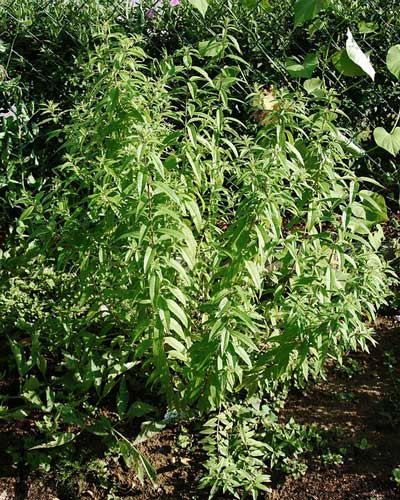
Lemongrass Companion Plants Vegetables
1- Lemongrass and Tomatoes:
Tomatoes aren’t just a summer staple; they’re surprising companions for lemongrass! These sunshine-loving plants thrive in similar conditions, making them easy garden buddies. But tomatoes offer more than just shared preferences. In hot climates, their sprawling vines can provide welcome shade and support for your lemongrass stalks.
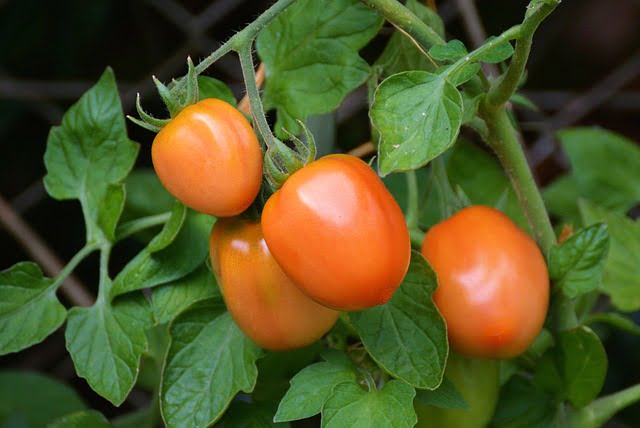
2- Lemongrass and Peppers:
Peppers join tomatoes as another unexpected but delightful companion for lemongrass! Just like tomatoes, peppers enjoy the same sunshine and warmth making them easygoing garden partners. But the benefits go beyond shared preferences. Peppers, with their shallow root systems, won’t compete with lemongrass for nutrients, allowing both plants to flourish side-by-side.
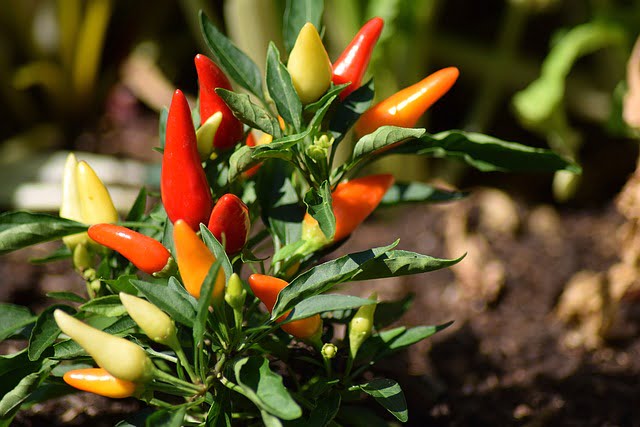
3- Lemongrass and Beans (Phaseolus spp.)
Lemongrass, with its citrusy aroma, acts as a natural pest deterrent, keeping beetles and aphids away from your precious beans. Additionally, beans are nitrogen-fixing plants, meaning they enrich the soil with this essential nutrient through their root systems. This nitrogen boost is a welcome benefit for lemongrass, a plant that thrives in fertile soil. The best part? Both beans and lemongrass love basking in full sun, allowing them to share your garden space harmoniously. So, plant them side-by-side and enjoy a double harvest of healthy beans and flavorful lemongrass!
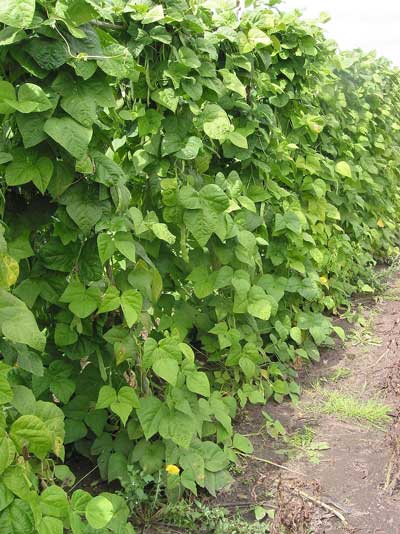
Lemongrass Companion Plants Flowers
1- Lemongrass and Marigolds:
Marigolds are superstar companions for lemongrass, offering both protection and visual appeal. Their unique scent repels nasty pests like nematodes, aphids, and mosquitoes, keeping your lemongrass healthy. Plus, their dense growth smothers weeds and conserves moisture, creating an ideal environment for lemongrass to thrive. But wait, there’s more! Marigolds’ vibrant blooms add a burst of color, contrasting beautifully with lemongrass stalks for a stunning garden display. So, plant marigolds near your lemongrass and enjoy a double harvest of pest protection and vibrant beauty!

2- Lemongrass and Echinacea:
Echinacea (coneflowers) are more than just pretty flowers for your lemongrass patch. They’re pollinator magnets! Planting echinacea attracts bees and butterflies, boosting lemongrass pollination and potentially increasing your harvest. Echinacea also promotes biodiversity in your garden and improves soil health for your lemongrass thanks to its deep taproot system. Plus, their elegant blooms and contrasting colors create a captivating display alongside lemongrass.So, plant echinacea and enjoy a thriving lemongrass harvest, a buzzing pollinator haven, and a beautiful garden!

Lemongrass bad Companion Plants
Lemongrass thrives in a supportive garden community, but not all plants are ideal neighbors. Choosing the wrong companions can lead to competition for resources, stunted growth, or even attract unwanted pests. Let’s explore some plants that might not be the best fit for your lemongrass patch, helping you create a thriving and harmonious garden environment.
1- Lemongrass and Lavender
Lavender’s fragrance might be delightful, but it’s not the ideal companion for lemongrass. Their water needs are too different. Lemongrass prefers consistent moisture, while lavender thrives in drier conditions. This watering mismatch can stress or harm both plants. Additionally, lavender may release growth-inhibiting compounds
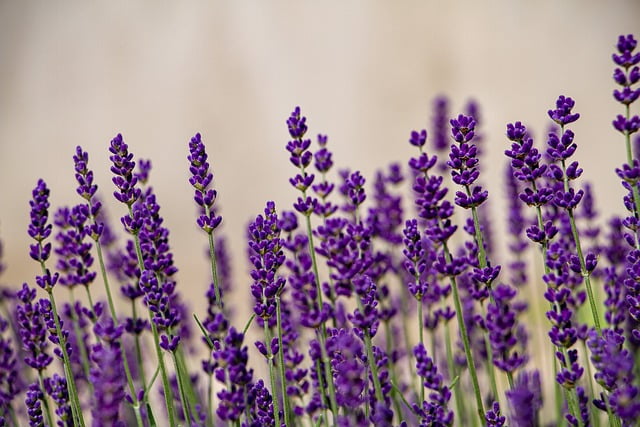
2- Lemongrass and Sage
Sage may be a delicious herb, but it’s not the best companion for your lemongrass. Their water needs are too different . Lemongrass loves moisture, while sage thrives in dry conditions. Planting them together can stress the sage and create a humid environment prone to fungal diseases.
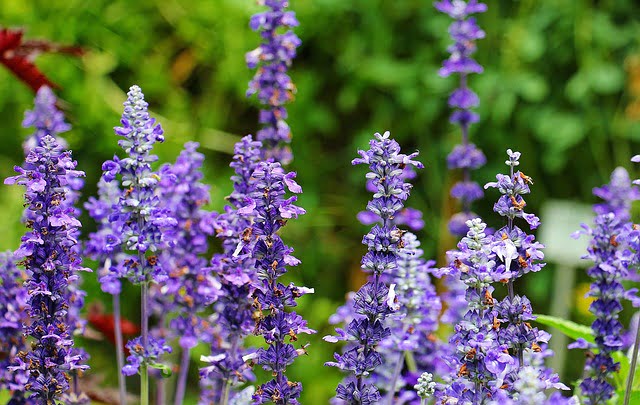
3- Lemongrass and Rosemary
Rosemary, like lavender and sage, enjoys drier soil. While it tolerates moisture better than them, lemongrass’s constant need for water creates a watering clash . Rosemary might also struggle to compete with lemongrass for resources.

4- Lemongrass and Fennel
While fennel might seem like a delicate addition to your garden, it’s not the best companion for lemongrass. Here’s why:
- Chemical Concerns: Fennel can release compounds called allelopathic chemicals that can stunt the growth of nearby plants, including your lemongrass.
- Resource Rival: Fennel’s robust root system can become a bully, competing with lemongrass for water, nutrients, and space in the soil.

Choosing the right companions for Lemongrass
Choosing the right companions for your lemongrass goes beyond just picking pretty neighbors. Here’s why:
- More Than Sun and Water:Even plants with similar sun and water needs might compete for nutrients or block sunlight, hindering lemongrass growth .
- Allelopathy Alert!:Some plants release chemicals that can inhibit the growth of others, so be aware of allelopathic properties
Mind the Microclimate: Tall or leafy neighbors like corn can change airflow and humidity, impacting your lemongrass
Creating a Thriving Lemongrass Garden: - Plan Smart:Choose compatible companions based on their needs and potential interactions.
- Monitor and Adapt:Watch how your plants grow together and adjust spacing or planting layouts as needed.
By understanding companion planting, you can create a balanced and flourishing garden where your lemongrass thrives alongside its perfect partners!.
Lemongrass landscaping ideas
Lemongrass isn’t just a culinary superstar; it can be the heart of a stunning and productive landscape! Here are some inspiring ideas to incorporate lemongrass into your garden design:
-
Herbacious Borders: Create a fragrant and functional border by planting lemongrass alongside companion herbs like basil, cilantro, and mint . Line your pathways or garden beds with this vibrant mix, offering easy access to fresh herbs while adding a touch of visual interest.
-
Blooming Companionship: For a burst of color and fragrance, pair your lemongrass with flowering perennials like echinacea or marigolds. Planting these beauties in clusters or drifts creates a visually captivating landscape. These flowering companions also attract pollinators and beneficial insects to your garden, promoting a healthy ecosystem.
-
Vegetable Garden Synergy: Don’t limit lemongrass to its own corner! Integrate it seamlessly into your vegetable garden by planting it near compatible vegetables like tomatoes, peppers, and beans . This space-saving strategy not only maximizes your garden’s potential but also fosters a network of natural pest control and nutrient-sharing among the plants.
-
Containerized Lemongrass Magic: Live in a smaller space? No problem! Grow lemongrass in large containers or pots and surround them with trailing herbs like thyme or oregano. This mobile container garden allows you to enjoy the beauty and benefits of lemongrass on balconies, patios, or even indoors near a sunny window.
So, get creative and explore the possibilities! With these ideas as a springboard, you can design a stunning and productive landscape where lemongrass takes center stage.
Frequently Asked Questions (FAQs)
This FAQ section addresses common questions .
Is lemongrass an easy plant to grow?
Yes, lemongrass is an easy-to-grow herb that thrives in well-drained soil and plenty of sunlight.
What care does lemongrass require?
Lemongrass requires regular watering and cutting to promote new growth. It prefers well-drained soil and full sun.
Why is lemongrass often used in Asian cuisine?
Lemongrass is often used in Asian cuisine for its citrusy flavor and aroma, which adds a unique touch to dishes.
Does lemongrass have a lemon scent?
Yes, lemongrass emits a wonderful lemon scent, making it a refreshing addition to gardens and outdoor spaces.
What are some best companion plants for lemongrass?
Some best companion plants for lemongrass include citronella, basil, thyme, and ornamental grasses.
Why should planting with lemongrass include other plants?
Planting with lemongrass should include other plants that like to bask in plenty of sunlight and help repel insects, creating a harmonious garden environment.
Is lemongrass a versatile herb?
Yes, lemongrass is a versatile herb that can be used in cooking, as a repellent for insects, and even in traditional medicine to treat various ailments.
What are some growing conditions ideal for lemongrass?
Lemongrass grows best in full sun and well-drained soil, making it suitable for gardens with sunny and dry conditions.
Can lemongrass repel mosquitoes?
Yes, lemongrass emits a scent that repels mosquitoes naturally, making it a valuable addition to outdoor spaces, especially during mosquito season.
How can lemongrass help to attract pollinators?
Lemongrass can help attract pollinators like hoverflies and lacewings, which prey on harmful pests, contributing to a healthier garden ecosystem.
Are there any tips for new gardeners growing lemongrass?
For new gardeners, it’s a good idea to plant lemongrass alongside other sun-loving plants and provide regular care, including watering and cutting for optimal growth.
What are some care instructions for maintaining lemongrass?
Lemongrass requires regular watering, well-drained soil, and occasional cutting to promote new growth and maintain its health.
Conclusion
In conclusion, lemongrass is not only a versatile herb used in many culinary dishes but also a valuable addition to any garden. Its lemony scent and ability to repel pests like wasps and spider mites make it an excellent companion plant for many other herbs and vegetables. Lemongrass pairs well with tomatillos and many other plants, enhancing the flavor of dishes while providing natural pest control. Whether you’re new to gardening or an experienced gardener, lemongrass offers gardening tips and easy plant care. Its perennial nature and ability to attract beneficial insects like parasitic wasps make it a must-have in any herb garden. So, if you’re looking for a live plant that can improve the flavor of your dishes and repel pests, the answer is yes—lemongrass is the herb you need. Don’t miss out on the opportunity to incorporate this wonderful herb into your garden landscape and enjoy its many benefits for years to come.
For further exploration of gardening articles, kindly visit our webpage: Home Garden
Do you want to collect all the plants that accompany lemongrass?
In fact, we can use the method of batch customization of personalized keychains, and make Custom Keychains of different forms of lemongrass and its companion plants, and collect them!

